Implement practices that reduce pathogens
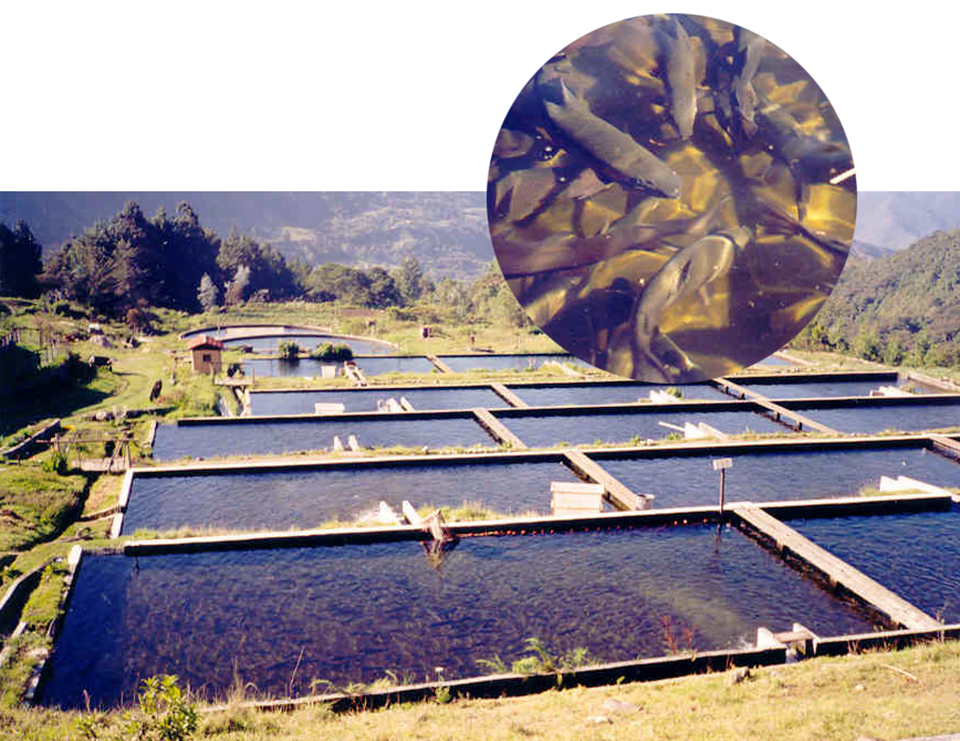
Production of fish, crustaceans, and bivalves for food is accompanied by a high risk of infectious disease outbreaks, even when the animals are not stressed. This is because the animals are kept at densities that facilitate transmission of pathogens. Add the effective pathogen transport system inherent in the aquatic environment, and it becomes clear that pathogens can easily gain access into and around aquaculture facilities.
Pathogen load and disease
Consideration of the effect of animal density usually does not include the critically important contribution of pathogen concentration to the dynamics of disease outbreaks. Knowledge about the relative role of density and pathogen load can aid in the development of prevention and control strategies, which serve as the framework for effective animal health management programs for aquaculture.
Model system
Results from a simple model system that used rainbow trout fry and the Infectious Pancreatic Necrosis Virus (IPNV) demonstrate some of these principles (Bebak-Williams et al. in review, Smith et al. 2000).
Healthy trout were stocked at low (less than 13.5 kilograms per cubic meter), moderate (13.5 to 25.5 kilograms per cubic meter) and high densities (over 25.5 kilograms per cubic meter). To represent different degrees of pathogen loading, either zero, one, two, three or all fish that were infected with IPNV were added to the tanks.
Fish from tanks with low pathogen loads were less likely to die than fish from tanks with high pathogen loads. Fish from tanks with no infected fish had a 97 percent probability of survival. Fish from the tanks with one, two, three or all infected fish had decreasing probabilities of survival of 37 percent, 26 percent, 23 percent and 10 percent, respectively.
Pathogen concentration also affected maximum death rate and the time at which the maximum death rate occurred. As the pathogen concentration rose, the maximum death rate rose and was reached earlier. For a given pathogen concentration, fish from lower densities were more likely to survive than fish from higher densities. Tanks containing low densities had lower maximum death rates and later times of maximum death rate than tanks with higher densities.
Health management
Raising animals at densities low enough to avoid disease outbreaks isn’t economically sustainable for intensive aquaculture facilities. However, understanding that the probability and severity of an epidemic can be ameliorated through manipulation of pathogen dose emphasizes the importance and necessity for certain components to be present in a fish health management program.
Effective biosecurity
Effective biosecurity programs target this relationship by implementing practices that reduce the numbers of pathogens introduced to a facility and reducing pathogen spread once they are present.
At minimum, a program of disease monitoring and surveillance should include close attention to animal performance traits and feed consumption as the first signs of a problem. Dying animals should be sampled regularly and checked for bacteria, viruses, and parasites. Dead and dying animals harbor the highest pathogen concentrations, so frequent removal of dead and dying animals can significantly reduce transmission of pathogens.
Estimating pathogens
A little used, but very helpful surveillance method is to sample and culture system water to estimate the environmental pathogens. Producers that use this method know the pathogens that cause problems.
Responses to a dangerous pathogen concentration include increased culling, system flushing and dilution, manipulation of variable ozone and ultraviolet disinfection systems, splitting animals into lower density groups, and, in some cases, even sending animals to market. Results from pathogen monitoring can also be used to assess the effectiveness of facilities’ biosecurity programs.
Conclusion
Research into the relationships between animal density and pathogens for specific aquaculture species, methods to quantify pathogens, and resulting response strategies are all in their infancy. The almost closed, well-delimited environment of recirculating systems is well suited to fully exploiting strategies for the prevention and control of epidemics of infectious diseases.
(Editor’s Note: This article was originally published in the August 2002 print edition of the Global Aquaculture Advocate.)
Now that you've reached the end of the article ...
… please consider supporting GSA’s mission to advance responsible seafood practices through education, advocacy and third-party assurances. The Advocate aims to document the evolution of responsible seafood practices and share the expansive knowledge of our vast network of contributors.
By becoming a Global Seafood Alliance member, you’re ensuring that all of the pre-competitive work we do through member benefits, resources and events can continue. Individual membership costs just $50 a year.
Not a GSA member? Join us.
Author
-
Julie Bebak-Williams, VMD, Ph.D.
Freshwater Institute
P.O. Box 1889
Shepherdstown, West Virginia
25443 USA[103,114,111,46,101,116,117,116,105,116,115,110,105,114,101,116,97,119,104,115,101,114,102,64,107,97,98,101,98,46,106]
Tagged With
Related Posts
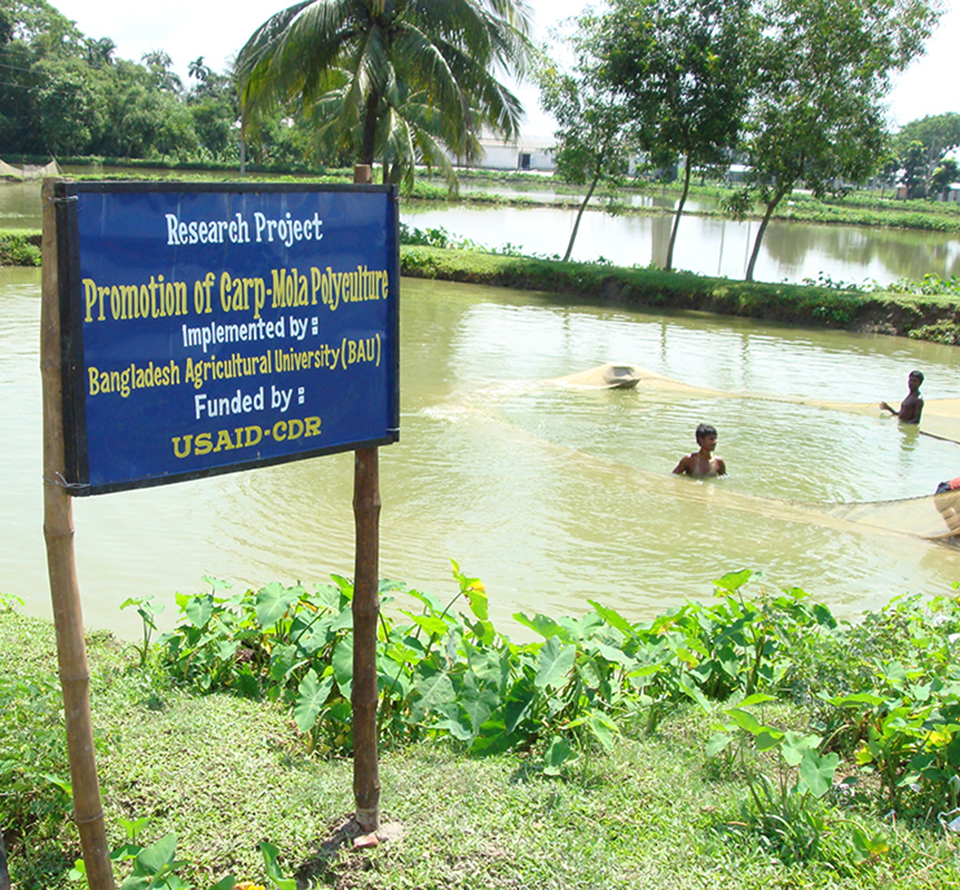
Responsibility
‘Cash-SIS’ culture yields money crop, family food
In a study of pond polyculture, manipulation of species composition improved fish yield and corresponding income. Selling the whole production increased income 27 percent.
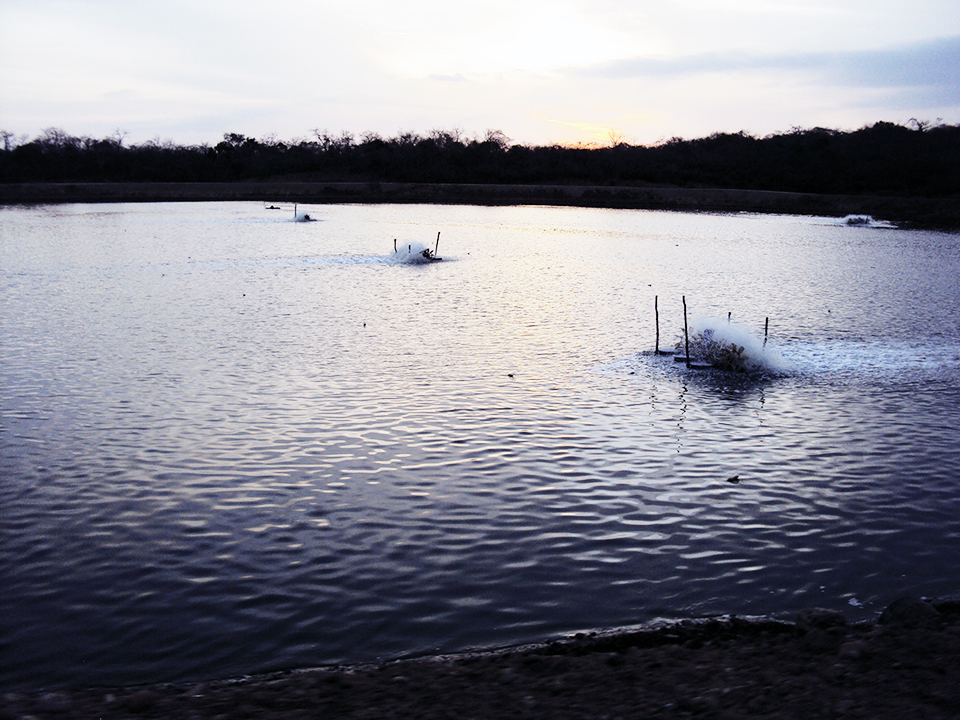
Health & Welfare
Beneficial microbes and pathogen control
A range of alternative products is available to improve animal health and water quality, and control pathogen loads. Beneficial microbes produce antimicrobial compounds and suppress pathogen proliferation.
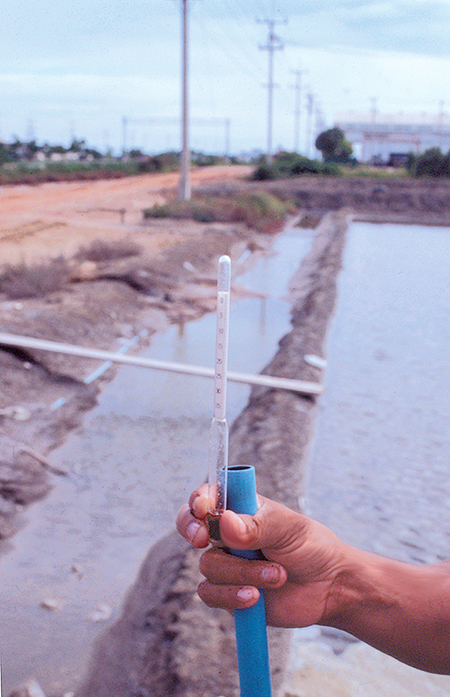
Responsibility
Dissolved salts in water for inland, low-salinity shrimp culture
Low-salinity shrimp culture is an important activity in Thailand. Ponds contain water of 2 to 5 ppt salinity, mixing brine solution from coastal seawater with freshwater.
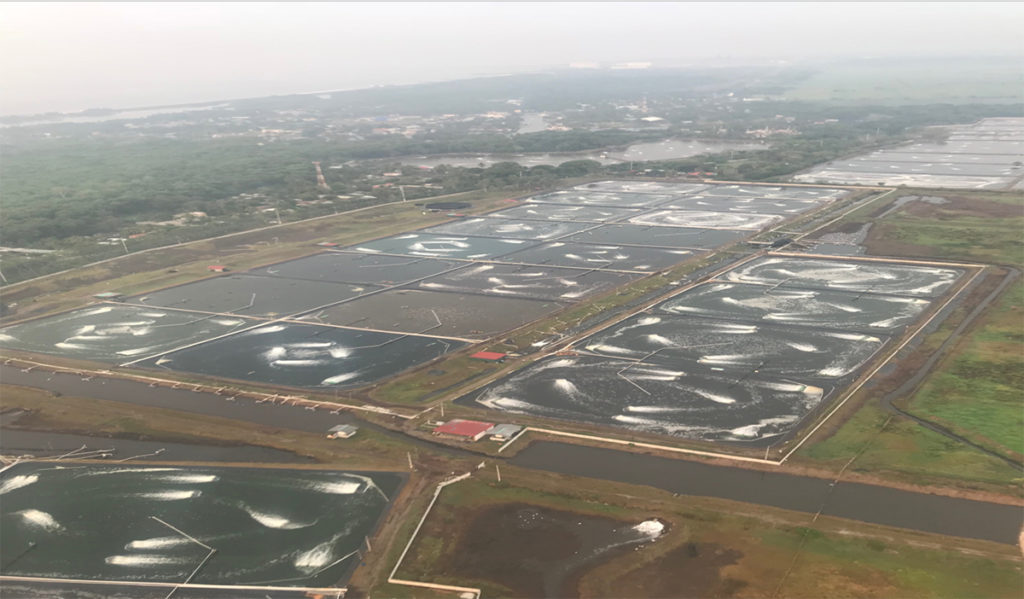
Responsibility
Shrimp farming in Guatemala has gone intensive
Guatemala’s shrimp-farming growth is due to a highly intensive system of small ponds and shorter cycles. Production of close to 25,000 metric tons is expected in 2018.


